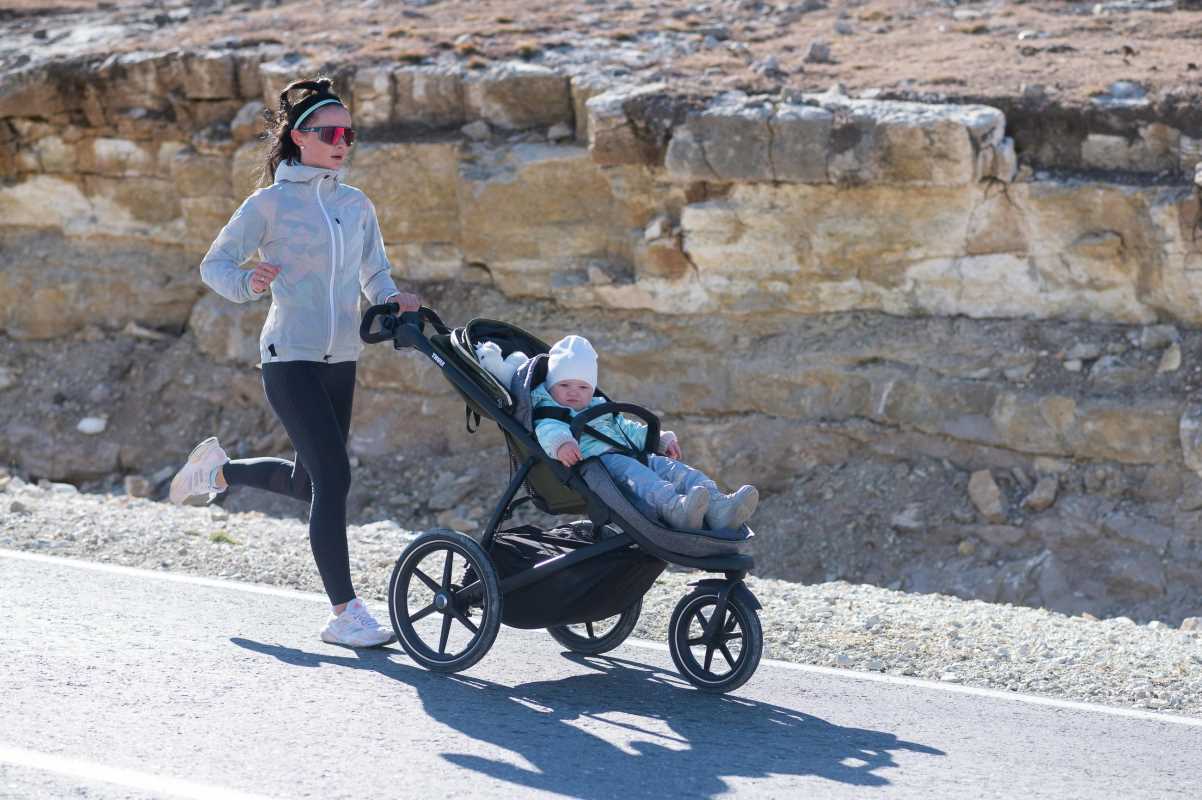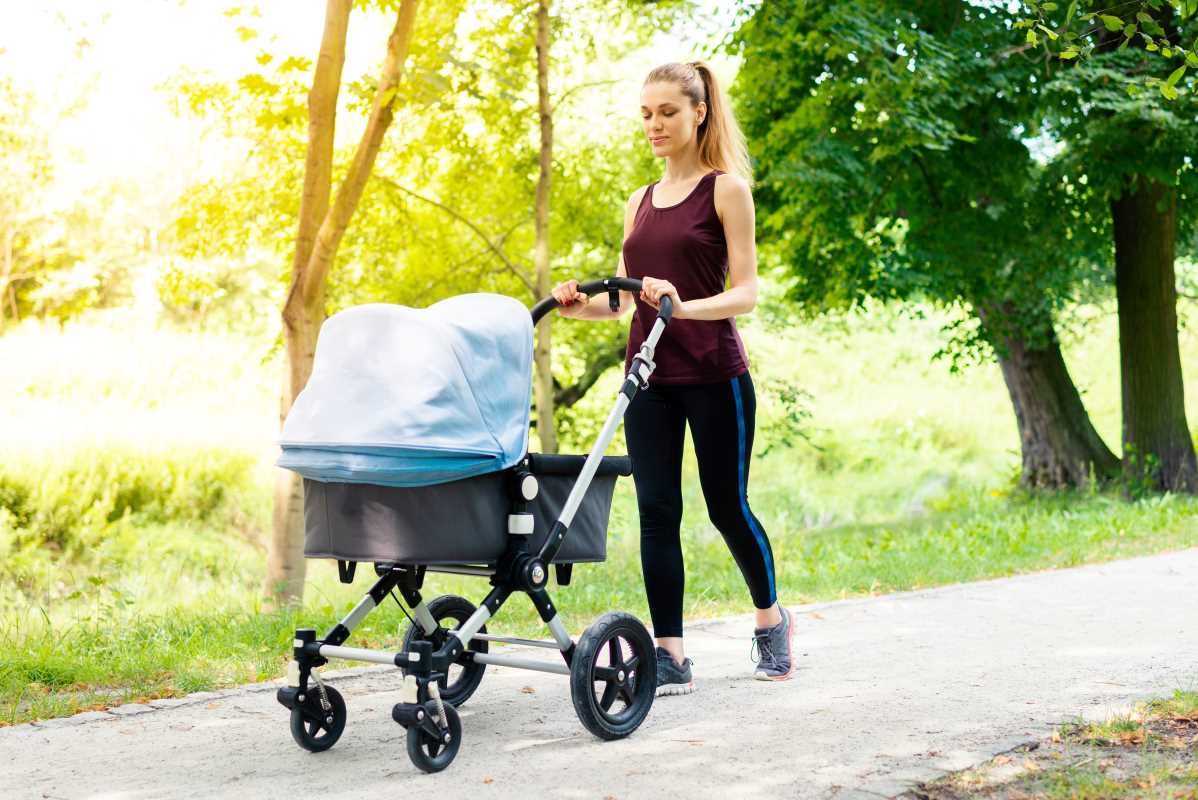Navigating the postpartum period brings countless joys, but it also comes with unique challenges as your body recovers from pregnancy and adjusts to motherhood. Among these challenges, many new moms focus on losing excess pregnancy weight—but this can feel complicated alongside your body’s new demands.Balancing calorie intake and nutrition while taking care of your newborn might seem overwhelming, but with the right plan, it’s possible to nourish your body, enhance recovery, and shed pounds in a healthy and sustainable way.
This guide will walk you through creating a balanced approach to postpartum weight loss that prioritizes nourishment and self-care, ensuring you feel your strongest and healthiest.
The Importance of Calorie Balance and Nutrition After Pregnancy
Weight loss might be a common goal postpartum, but it shouldn't come at the expense of your health. Your body has been through an extraordinary process, and it needs adequate nutrients and energy to recover fully.
Calorie Needs Post-Pregnancy
Your calorie needs shift significantly postpartum as your body heals and, for breastfeeding moms, produces milk. Cutting calories too drastically could lead to fatigue, nutrient deficiencies, and even a slower metabolism.
Nutrient Replenishment
Pregnancy often depletes key nutrients like iron, calcium, and omega-3 fatty acids. Eating a nutrient-rich diet will help you replenish these stores to regain energy, strength, and overall well-being.
Why Slow Weight Loss Is Better
Instead of crash dieting, aim to lose 1-2 pounds per week. Sustainable weight loss ensures you retain lean muscle and maintain energy to care for your baby and yourself.
Tips for Finding the Right Calorie Balance
Achieving postpartum weight loss while staying healthy means finding the sweet spot where your calorie intake supports both your energy needs and gradual fat loss.
Step 1: Calculate Your Calorie Needs
Start with your Total Daily Energy Expenditure (TDEE)—the calories you burn daily from basic functions, breastfeeding, and activity. Here’s how to adjust based on your situation:
- Non-Breastfeeding Moms: Calorie needs are similar to pre-pregnancy levels, with adjustments for activity.
- Breastfeeding Moms: Add approximately 400-500 extra calories per day to account for milk production.
Step 2: Create a Small Calorie Deficit
To lose weight, aim for a calorie deficit of about 300-500 calories per day. This approach is gentle enough to preserve energy and breastfeeding supply while promoting fat loss.
Example: If your TDEE is 2,300 calories (including breastfeeding), aim to eat about 1,800-2,000 calories daily.
Step 3: Listen to Your Hunger Cues
Postpartum hunger levels can fluctuate, especially if you’re nursing. Instead of rigid calorie counting, focus on eating when you’re hungry and stopping when satisfied. Balanced meals and snacks throughout the day can help curb hunger spikes.
Breastfeeding and Its Role in Weight Loss
Breastfeeding is often highlighted as a natural method of postpartum weight loss, but its effects vary from mom to mom.
Burning Calories While Nursing
Breastfeeding can burn anywhere from 300 to 500 calories a day, helping create a calorie deficit without requiring significant dietary cuts. However, this added calorie burn also increases your nutrient needs, making it crucial to eat enough to maintain energy and milk production.
Foods to Support Lactation and Weight Loss
Some nutrient-rich foods that support milk supply include:
- Oats: Great for milk production and high in fiber, keeping you full longer.
- Healthy Fats: Avocados, nuts, seeds, and olive oil provide energy and key nutrients for milk quality.
- Leafy Greens: High in calcium and iron, which are critical for nursing moms.
Keep in mind, rapid weight loss or overly restrictive diets can negatively impact milk supply, so prioritize gradual, sustainable changes.
Prioritizing Nutrient-Dense Foods
Focusing on whole, unprocessed foods ensures your body gets the nutrients it needs to heal and thrive while keeping your calorie intake balanced.
Build Balanced Meals
Each meal should include a mix of:
- Protein: Supports muscle repair and keeps you feeling full. Examples include chicken, fish, eggs, tofu, or Greek yogurt.
- Complex Carbs: Provide steady energy without sugar crashes. Options include quinoa, sweet potatoes, whole-grain bread, or brown rice.
- Healthy Fats: Essential for hormone regulation and postpartum recovery. Think avocados, almonds, and chia seeds.
- Vegetables: Deliver fiber, antioxidants, and vitamins for immune support and digestion.
Nutrient-Dense Snacks
- Apple slices with almond butter
- Hard-boiled eggs and baby carrots
- A handful of trail mix with unsweetened dried fruit
- Greek yogurt topped with berries and chia seeds
Hydration
Aim for at least 2-3 liters of water daily. Herbal teas and water-rich foods like cucumbers, watermelon, and soups can help you meet your hydration needs.
Creating a Sustainable Eating Plan
Postpartum life can be hectic, so a flexible eating plan that fits your busy schedule is key.
1. Meal Prep for the Week
Take time to prepare healthy meals and snacks in advance to avoid reaching for processed options on busy days.
- Grill a batch of chicken or tofu for easy protein additions.
- Pre-cut fruits and vegetables for quick snacks.
- Prepare freezer-friendly meals like soups, stews, or casseroles.
2. Delegate Kitchen Help
Lean on your support system and ask friends, family, or your partner to help with cooking or grocery shopping. Healthy meal delivery services can also be a lifesaver.
3. Practice Portion Awareness
When meal prepping or eating out, pay attention to portion sizes. Use your hands as a guide:
- Protein (palm of your hand)
- Carbs (fist-sized)
- Vegetables (two fistfuls)
- Fats (thumb-sized amount)
Staying Mindful of Emotional Eating
Adjusting to postpartum life and caring for a newborn can bring on emotional highs and lows, and many moms turn to food for comfort. While it’s natural to indulge occasionally, try pairing these habits with mindful eating strategies.
How to Stay Balanced
- Pause Before Snacking: Ask yourself if you’re truly hungry or simply tired, stressed, or bored.
- Limit Trigger Foods in the House: Instead, stock healthy comfort alternatives like dark chocolate or air-popped popcorn.
- Find Alternative Outlets: Meditation, deep breathing, journaling, or even a short walk can help ease emotional strain without turning to food.
Staying Active to Support Weight Loss and Nutrition
Diet and exercise go hand-in-hand when it comes to postpartum weight loss, but jumping back into physical activity should be done carefully.
Start With Gentle Movement
Begin with light exercises like walking or postpartum yoga to rebuild strength and improve circulation. Once you’ve gained clearance from your doctor, you can gradually add low-impact strength training or bodyweight exercises.
Avoid Overtraining
When juggling new-mom responsibilities, it’s easy to overdo it. Focus on consistency rather than intensity, and give yourself permission to rest on days when energy is low. Exercise is a tool for wellness—not something to punish your body with.
Set Realistic Goals
Instead of aiming for perfection, commit to small, achievable wins, like going for a 15-minute walk daily or doing a short home workout twice a week.
 (Image via
(Image via





